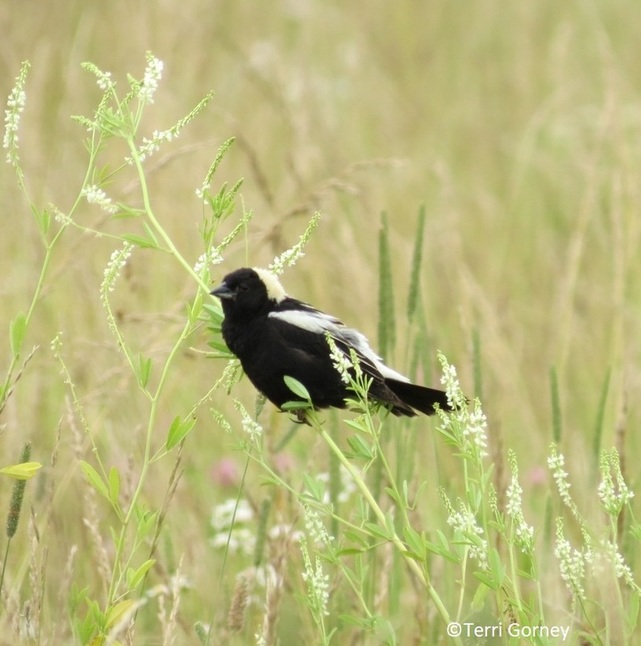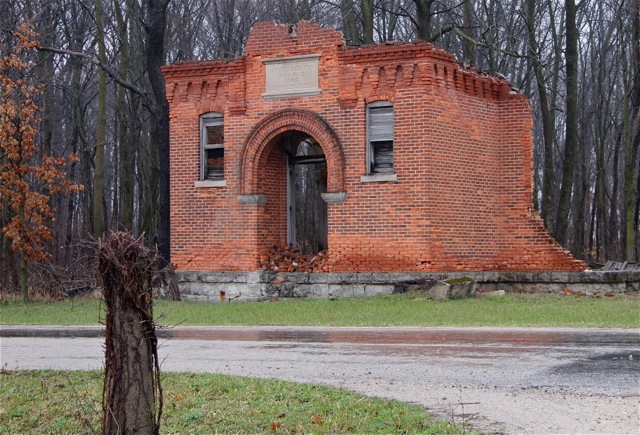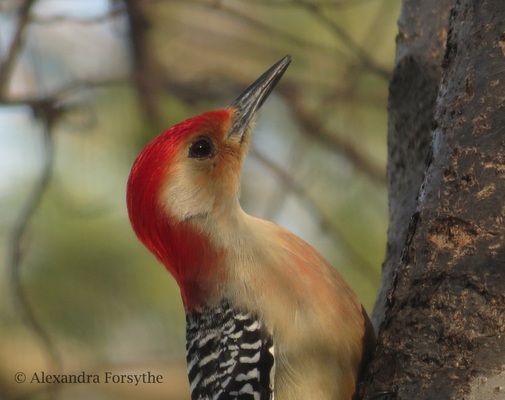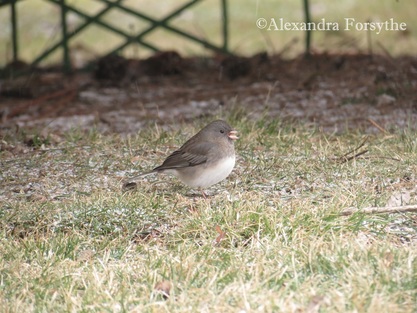When Gene Stratton-Porter is discussed, she is usually mentioned as an
author, a photographer, and a naturalist. The label “musician" is not generally
ascribed to her, but a review of her life and works makes clear the appropriateness
of adding this word to describe her.
We need look no further than at titles of her books such as The Song of the
Cardinal and Music of the Wild to know that Gene perceived the world in musical
terms. Music is featured in other ways in her works as well - for example, many
songs are quoted in Laddie and the main character of Freckles is described as a fine
singer. In The Girl of the Limberlost, the violin music Elnora creates is like the
Limberlost itself . Says Elnora, "I can make it do the wind in the swamp, the birds,
and the animals. I can make any sound I ever heard on it."
Gene herself loved music and played the piano, banjo and violin. According to
biographer Barbara Olenyik Morrow's book Nature's Storyteller: The Life of Gene
Stratton-Porter, as a teenager Gene became interested in music of Schubert,
Wagner, Liszt, and Mozart. She enjoyed concerts at the Chautauquas at Sylvan Lake
in Indiana, and during her visit to the 1893 World's Columbian Exposition in
Chicago with husband Charles, she may have also attended musical performances.
In her Limberlost Cabin in Geneva, Indiana, there is a room dedicated to
music, with ornate plaster work incorporating musical images decorating the walls.
A photograph in that room shows the banjo that daughter Jeanette played, as well
as the piano now located at Gene's home called Wildflower Woods which is located
on Sylvan Lake in northern Indiana and, like Limberlost Cabin, also an Indiana State
Historic Site.
Being a musician myself, it will be with great pleasure and a sense of privilege
that I return for the third time to perform music at Limberlost Cabin on August 1st
as part of the Geneva's Geneva event. Site Manager Randy Lehman has been
instrumental (pun intended!) in providing me with this opportunity. Curt Burnette,
the site's naturalist, has kindly nicknamed me as Songstress of the Limberlost. I
hope you will come visit me in the cabin to hear music of Gene's time period -
including pieces by Carrie Jacobs-Bond, a composer whose works she enjoyed. I'll
also perform some original compositions I've created over the years inspired by
her life and work and premier new selections setting some of Gene's poems to
music.




 RSS Feed
RSS Feed
